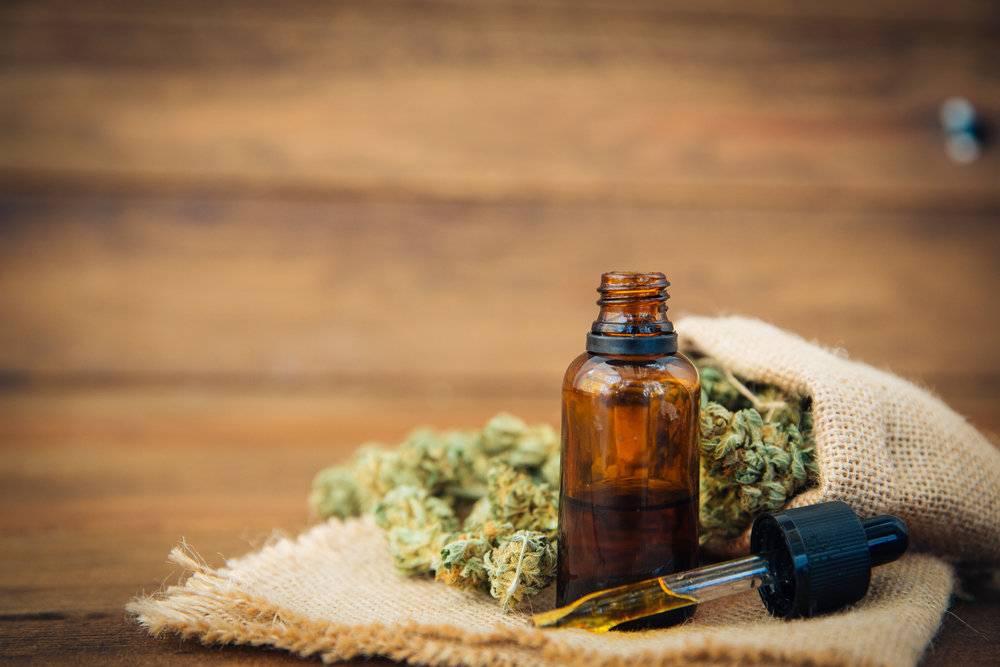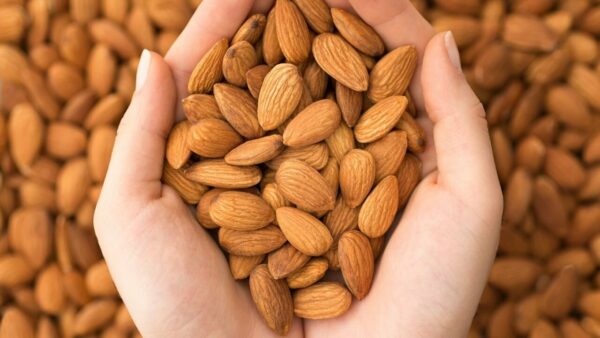One look at the projection for CBD makes it easy to see why you’re curious about it. According to Statista, the CBD industry is expected to more than double by 2022. With the industry already valued at over $800 million, perhaps we can all stand to learn more about these products.
But while more studies and research are necessary, we have a pretty good idea regarding what CBD is and isn’t. That’s why in this article, we’ll answer the question that’s on everybody’s’ mind, “What Is CBD?”
So let’s dive on in.
So what is CBD anyway?
CBD, or cannabidiol, is one of the most popular cannabinoid compounds that’s extracted from the cannabis plant. Dr. Esther Blessing from the New York University School of Medicine says it best as she’s quoted telling the New York Times the following:
“CBD is the most promising drug that has come out for neuropsychiatric disease in the last 50 years. The reason it is so promising is that it has a unique combination of safety and effectiveness across a very broad range of conditions.”
Is Dr. Blessing correct? We’ll have to wait and see as more information is uncovered. But at this point, the cannabidiol is being extracted from the hemp plant, allowing people to use it in a variety of products.
CBD has been trending lately, pushing more research to happen. Over time, we expect to learn more about its capabilities as more studies are done. But it wasn’t always this way.
A brief history of CBD
The cannabis plant has its roots settled deep in history. According to the Montana State Legislature, cannabis was being used as early as 2737 B.C. in a tea. This tea was used to treat gout, rheumatism, malaria, and poor memory.
Eventually, cannabis use as medicine began making its way throughout Asia, the Middle East, and along the eastern coast of Africa. People in India have also been using cannabisfor quite some time. They’ve been using it as a part of their religion (Hindu) as well as for stress relief.
Furthermore, ancient physicians are known to have given the herb to help with a variety of issues. From earaches to childbirths and pain relief, cannabis was revered as a powerful medicine in ancient times.
Hemp has also been cultivated throughout American history. Christopher Columbus took cannabis hemp rope with him to the New World back in 1492. This eventually progressed to the point that in 1619, it was required that the settlers of the Jamestown colony grow cannabis.
During the late 18th century, some American medical journals declared hemp seeds and roots had the potential to assist with inflamed skin, venereal disease, and incontinence. This was still long before scientists figured out how to extract CBD from the plant. Even with these declarations, the Marijuana Tax Act of 1937 made cannabis a controlled substance.
Over the years, a lot of effort has been put forth to reach the point in which CBD is readily available to those who need it. Now that we have a better understanding of how CBD works, the laws regarding hemp production and CBD distribution have become more relaxed.
So how does CBD work?
Each of us has an endocannabinoid system (ECS) regulating a plethora of essential bodily functions. These include sleep, fertility, the immune system, mood, pleasurable sensations, motor control, pain, and memory.
To make a long story short, the ECS keeps many of these functions in working order. So if something starts acting funny in your body, the ECS uses its network of endocannabinoids and receptors to fix the problem.
The idea behind CBD is that it could potentially positively impact the ECS. At times, the body is deficient in endocannabinoids. So introducing phytocannabinoids like CBD can be advantageous.
Perhaps introducing CBD offers the additional phytocannabinoids the ECS needs to work overtime. As we complete more research on how CBD affects the ECS, we’ll have more insight to offer.
Is CBD legal?
CBD is easy to purchase throughout the United States, although some areas are setting strict restrictions. Each state has its own set of laws regulating CBD. However, the federal government took hemp (defined as cannabis containing less than 0.3% THC) out of the Schedule I category for controlled substances with the Hemp Farming Act of 2018.
While you’ve probably heard a few different terms tossed around, high concentrations of CBD are primarily in hemp as opposed to marijuana. This species of Cannabis sativa is low in tetrahydrocannabinol (THC) at less than 0.3%, making it perfect for cultivating and extracting the therapeutic cannabinoid.
While the majority of people are under the assumption that CBD is connected to THC, CBD is non-psychoactive. We like to think of CBD as THC’s friendly cousin, although it’s likely more comparable to THC’s 3rd cousin twice removed.
With this being the case, CBD is legal because it will not give you the same “high” that characterizes marijuana use. Thus, you get the benefits of phytocannabinoids without an intoxicating effect.
Wait. CBD won’t get me high?
Unless you’re one of few who feel altered after taking CBD, it won’t get you high. In fact, some research says it’s possible that CBD could help offset the adverse effects of THC. This is believed to be due to the way it impacts the endocannabinoid system.
The idea that CBD affects the ECS is one of the reasons why research is being done to determine how CBD impacts the endocannabinoid system. As previously stated, since the endocannabinoid system controls so many bodily functions, this research has the potential to reveal the true benefits of CBD.
Even with limited research highlighting its effectiveness and potential, you’ll find a plethora of CBD products readily available today. From CBD facials to CBD lotions and CBD gummies, infused product lines are easy to access. As CBD grows in popularity, you’ll likely see more products available in the world of wellness.
So what is CBD good for?
There’s a lot of interest regarding the potential therapeutic effects of CBD. As CBD continues trending, we’re seeing the need to uncover more evidence of its efficacy. While CBD might come with a host of health benefits, we need some more solid studies highlighting data points to support the incredible influx of anecdotal claims.
This customer is taking it for sleepless nights. Another customer is using CBD lotion to soothe his inflamed skin. Yet another finds joint pain relief that could potentially be from the CBD gummies he’s taking daily. While these stories are continuing to drive the industry forward, the need for hard evidence is essential to keep this progress going strong.
At this point, it’s hard to say whether CBD oil for pain works or not. The same goes for anyone considering using CBD oil for anxiety. Some customers claim CBD helps them, but the current evidence supporting these kinds of claims is lacking. The big issue here is that without enough research to definitively show the efficacy of CBD, we can’t say for sure whether or not it works.







